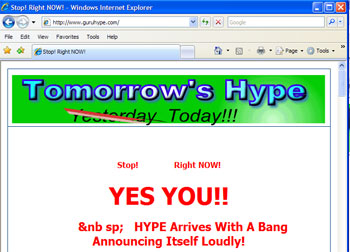Just a quick post to announce the launch of my latest copywriting work, for Topsail Events.
Topsail Events are a very well established marine events company, who do amazing Thames cruises, corporate events, private parties and elegant weddings on motor cruisers, tall ships, Thames river barges and paddle steamers.
If you’re looking for an unusual venue for a special occasion, give Mark and his team a call!










